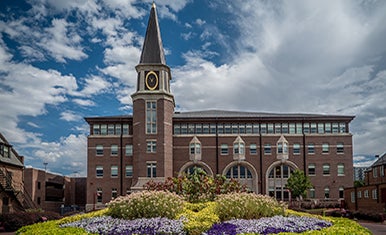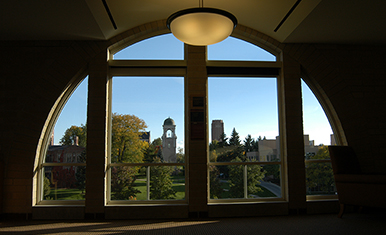Understanding "Sanctuary Cities"
In the wake of President Trump’s election, a growing number of local jurisdictions around the country have sought to disentangle their criminal justice apparatus from federal immigration enforcement efforts. These localities have embraced a series of reforms that attempt to ensure immigrants are not deported when they come into contact with the criminal justice system. The Trump administration has labeled these jurisdictions “sanctuary cities” and vowed to “end” them by, among other things, attempting to cut off their federal funding.
This Article is a collaborative project authored by law professors specializing in the intersection between immigration and criminal law. In it, we set forth the central features of the Trump administration’s mass deportation plans and its campaign to “crack down” on sanctuary cities. We then outline the diverse ways in which localities have sought to protect their residents by refusing to participate in the Trump immigration agenda. Such initiatives include declining to honor immigration detainers, precluding participation in joint operations with the federal government, and preventing immigration agents from accessing local jails. Finally, we analyze the legal and policy justifications that local jurisdictions have advanced. Our examination reveals important insights for how sanctuary cities are understood and preserved in the age of Trump.


